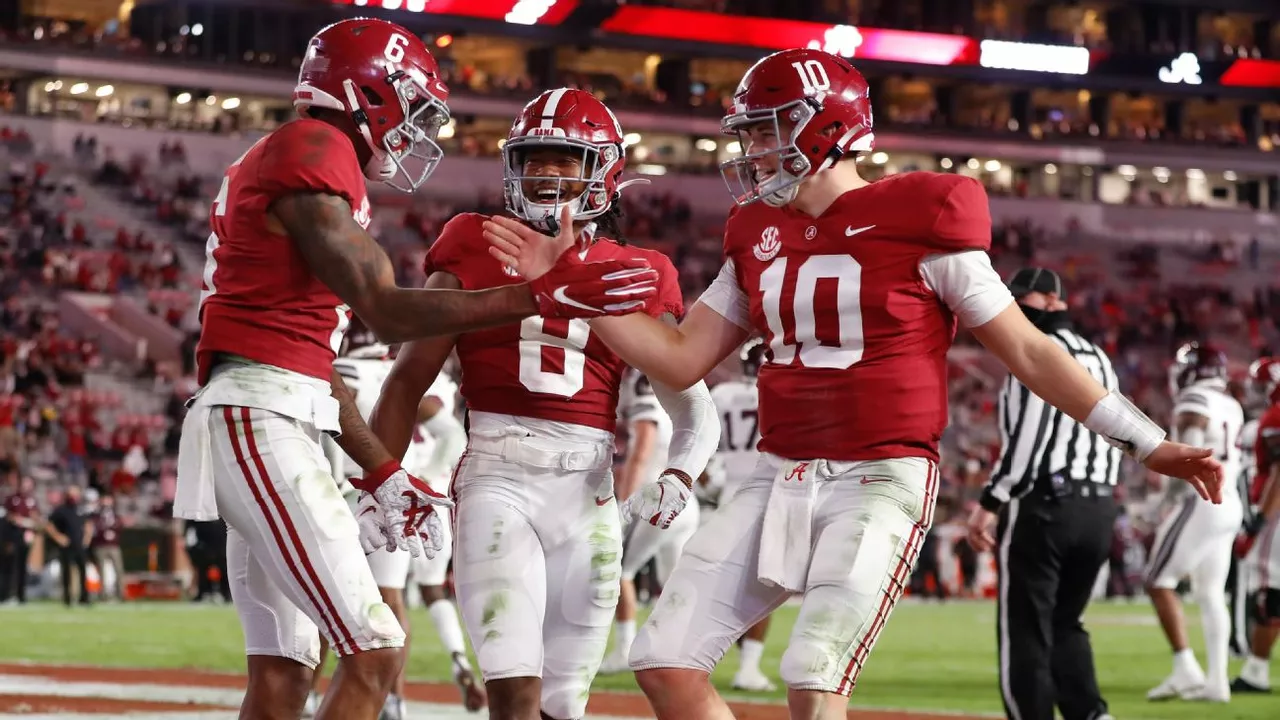College Football: Your Quick Guide to the Game, The Teams, and The Talk
When you hear college football, the American collegiate gridiron competition run by the NCAA, featuring more than 130 Division I programs. Also known as college gridiron, it blends student‑athlete ambition with massive fan passion. Below you’ll see why the sport matters, how it’s organized, and what’s shaping every season.
The backbone of the sport is the NCAA, the governing body that sets eligibility rules, scholarship limits, and competition structures for college athletics. Through its three divisions, the NCAA creates a tiered system where Division I schools field the biggest stadiums and TV contracts, while Divisions II and III focus on regional rivalries and academic balance. This structure means college football can range from Friday night lights at a small liberal‑arts college to Saturday primetime spectacles watched by millions.
Key Components of College Football
One of the most exciting parts of the season is the bowl games, post‑season matchups that reward top teams with high‑profile venues and payouts. The historic Rose Bowl, Sugar Bowl, and Orange Bowl have become cultural touchstones, while the College Football Playoff—a four‑team tournament introduced in 2014—determines the national champion. In short, college football encompasses bowl games, and the outcomes of those games feed directly into the sport’s revenue streams.
Behind every win lies a massive recruiting, the process where coaches scout high‑school talent, offer scholarships, and lock in future stars. Recruiting drives the talent pipeline; schools that excel at securing top prospects often rise in the polls. This creates a feedback loop where strong recruiting leads to better on‑field performance, which then boosts a program’s visibility and attracts even more recruits. College football relies on recruiting pipelines to stay competitive year after year.
Speaking of visibility, rankings, weekly polls like the AP Top 25 and Coaches Poll that rank the nation’s best teams, shape the narrative of every season. Rankings influence bowl selections, playoff berths, and even coaching contracts. When a team cracks the top ten, media coverage spikes, fan attendance climbs, and donor contributions grow. Rankings influence bowl selections, making them a vital piece of the college football puzzle.
Media rights are the financial engine behind the sport. Major networks such as CBS, Fox, and ESPN lock in multi‑year contracts worth billions, turning Saturday afternoons into prime‑time events. Streaming platforms now add another layer, giving fans the option to watch live games on mobile devices. These media deals not only fund scholarships and facilities but also push the sport into new markets. In effect, college football generates revenue through media contracts, which then fund better recruiting and facilities.
Fan culture adds the final flavor. Rivalry games—think Ohio State vs. Michigan or Alabama vs. Auburn—turn regular season matchups into must‑see events. Traditions like marching bands, tailgate parties, and homecoming celebrations create a unique atmosphere that you won’t find in professional leagues. These traditions keep alumni engaged, boost ticket sales, and fuel the emotional stakes that make each game feel like a community showdown.
All of these pieces—governing bodies, post‑season bowls, recruiting battles, rankings, media deals, and fan traditions—interact to shape the ever‑evolving landscape of college football. Below you’ll find a curated collection of stories that dive deeper into recent games, player news, coaching moves, and the business side of the sport. Whether you’re a casual viewer or a die‑hard fan, the articles ahead will give you a richer picture of what’s happening on and off the field.
Should the college football playoff be expanded to eight teams?
Hey there sports fanatics! So, we're diving into the swirling whirlpool of debate that is, "Should the college football playoff be expanded to eight teams?" Now, I'm just a humble blogger, but I've got to say, it's worth considering. Eight teams would spice up the competition like a dash of hot sauce, making the playoffs a true feast of talent. Plus, who wouldn't want extra games to cheer, shout, and spill their nachos over? So, let's throw caution to the wind and say, "Yes, bring on the eight-team playoff!" It could be the touchdown our college football needs!





